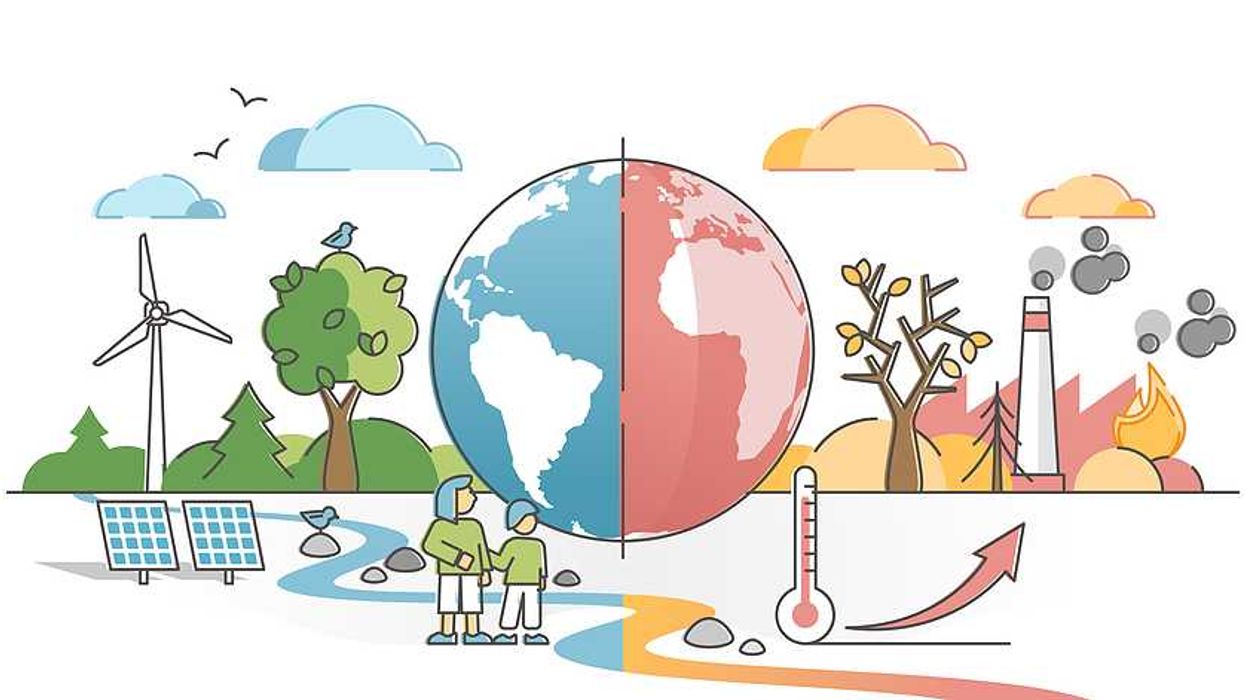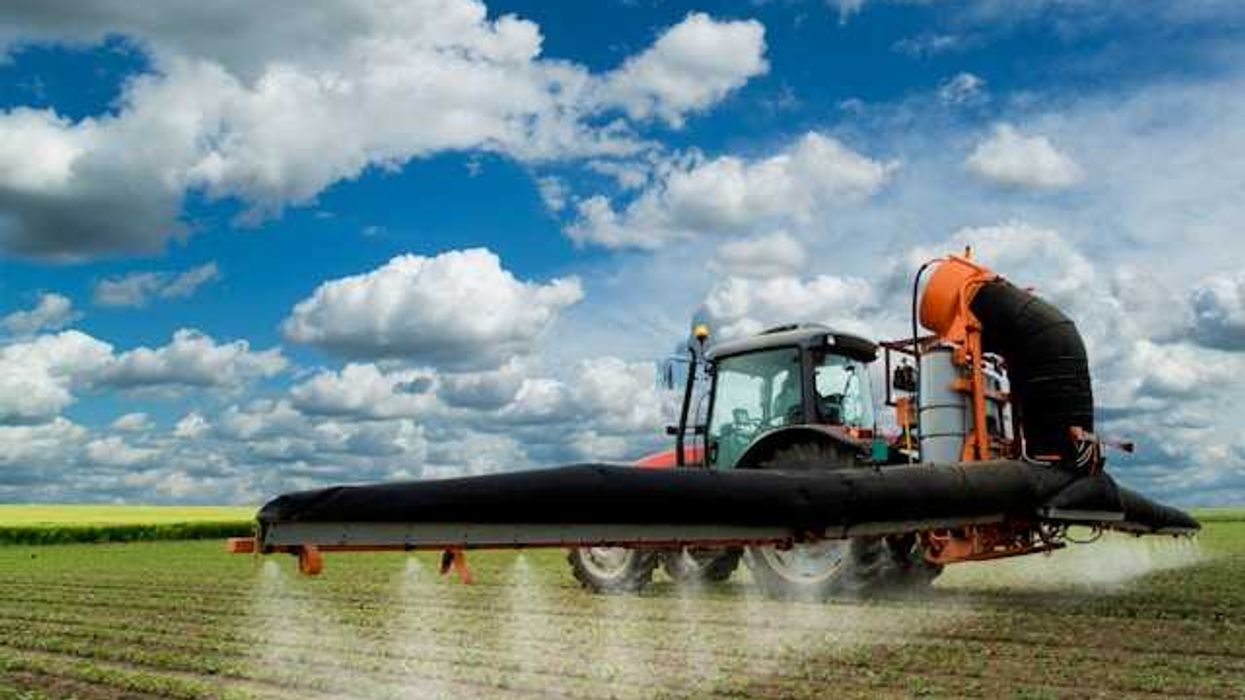The Environmental Protection Agency tightened controls on ethylene oxide, a gas used for sterilizing medical devices, aiming to protect vulnerable communities from cancer risks.
Maxine Joselow reports for The Washington Post.
In short:
- The EPA's new rule mandates a more than 90% reduction in ethylene oxide emissions from sterilization facilities to address its link to cancers like lymphoma and leukemia.
- Critics argue the rule is too lenient and delays in compliance times could harm low-income and minority communities disproportionately.
- The medical industry fears these stringent regulations may disrupt the supply of essential medical equipment, underscoring the delicate balance between public health and supply chain stability.
Key quote:
"We have followed the science and listened to communities to fulfill our responsibility to safeguard public health from this pollution — including the health of children who are particularly vulnerable to carcinogens early in life."
— Michael Regan, EPA Administrator
Why this matters:
As ethylene oxide sterilizes roughly half of all U.S. medical supplies, balancing its health risks against the potential for supply shortages represents a formidable challenge, especially considering the pandemic's recent lessons on supply chain vulnerabilities. Ethylene oxide disproportionately harms overburdened communities.














